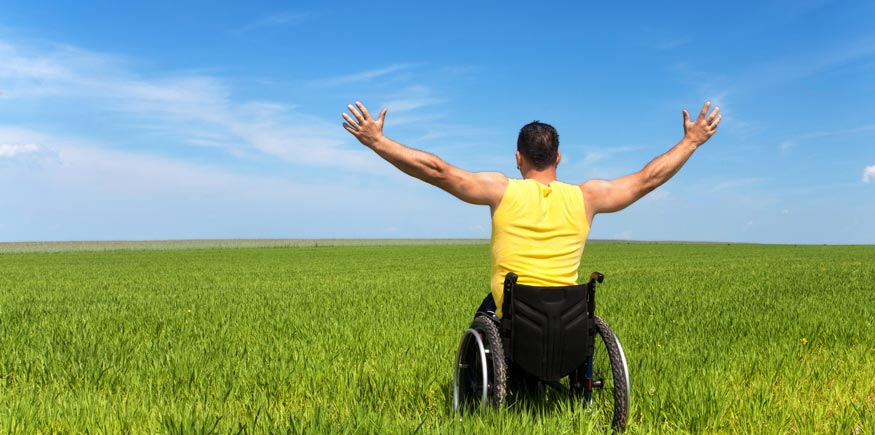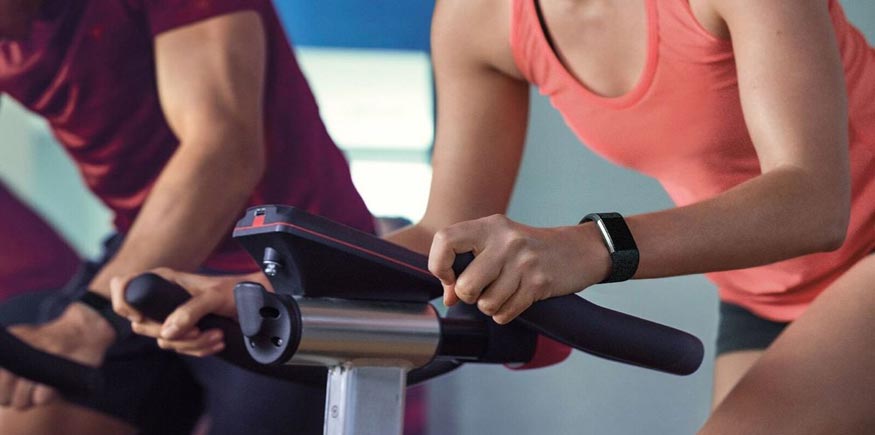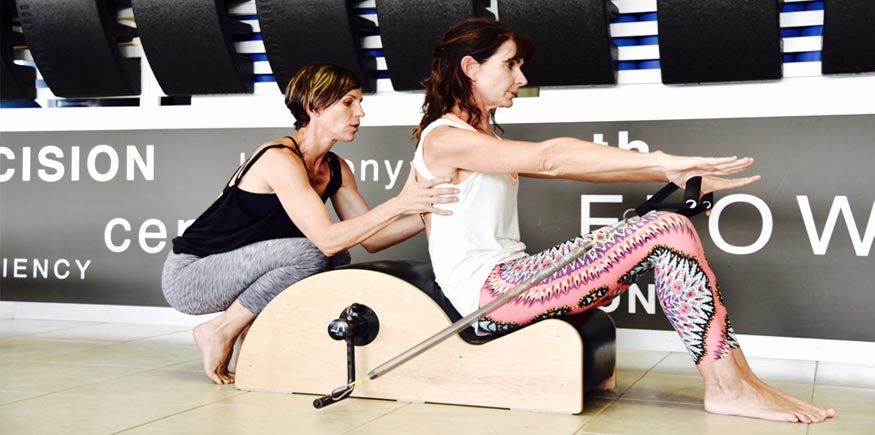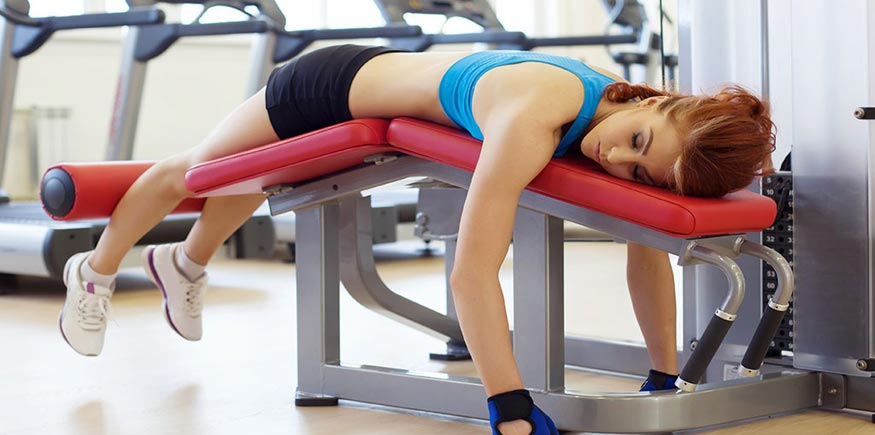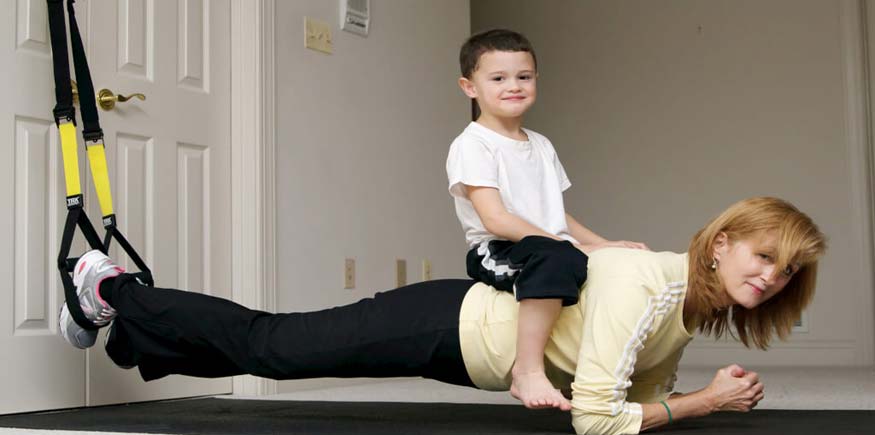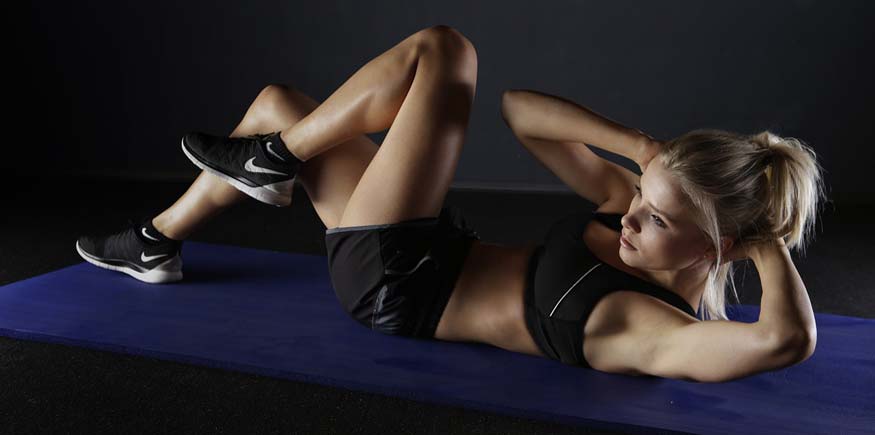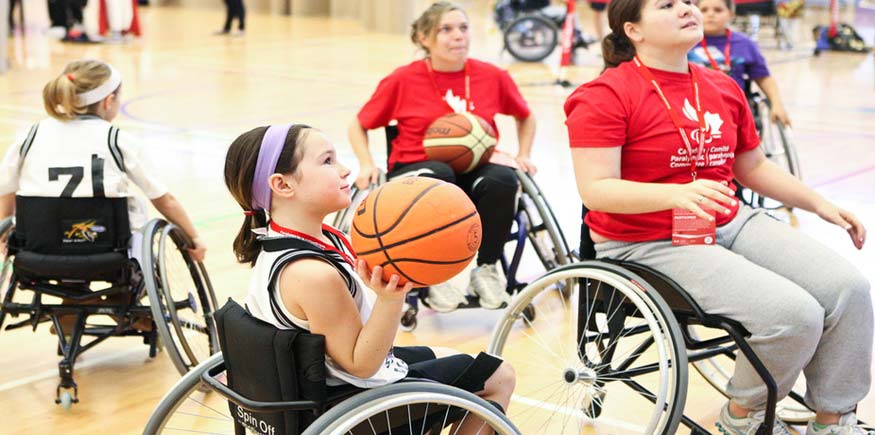High Calorie-Burning Exercises You Need to Try
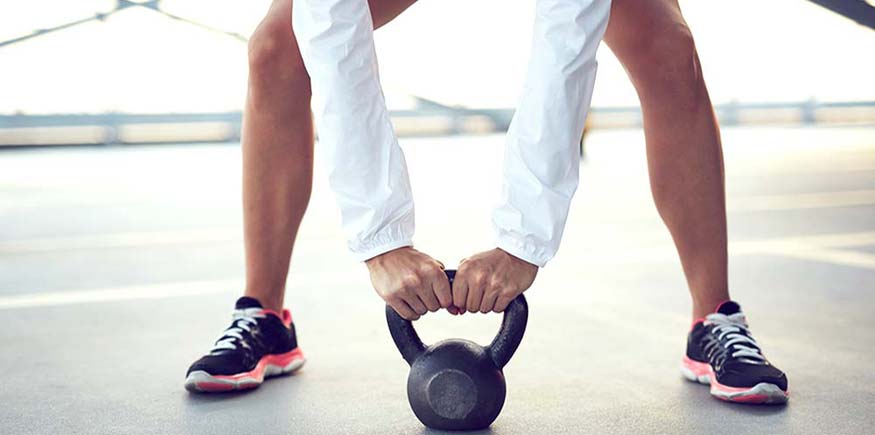
As you finish off the final chocolate biscuit in the packet, it suddenly dawns on you that you now have to exercise for hours to work them off. After all, if you don’t, that adage may come true: a moment on the lips is a lifetime on the hips! However, if you choose the right exercises such as BodyCombat, you may be able to benefit from a far more rewarding calorie-burning experience. Here are some of the best exercises for burning off calories.
BodyCombat
BodyCombat is a high-intensity group fitness class that you can either do with other people or in the comfort of your home. Not only does it push you to your limit by involving many martial arts-inspired exercises, but it enables you to burn up to 740 calories in one session! These sessions run for 30, 45, and 55 minutes – all of which will prove to be one of the best cardio workouts you’ve ever experienced.
Sprinting
Sprinting in intervals can prove to be quite beneficial in the realm of calorie burning, even if it’s not as social as BodyCombat and other group fitness classes. Sprinting can help you to burn around 460 calories in as little as 30 minutes, with two minutes of sprinting then one minute of recovery. What’s more, it’s the pacing that really provides all the benefits. You don’t have to run continuously to work off all those cakes and treats!


